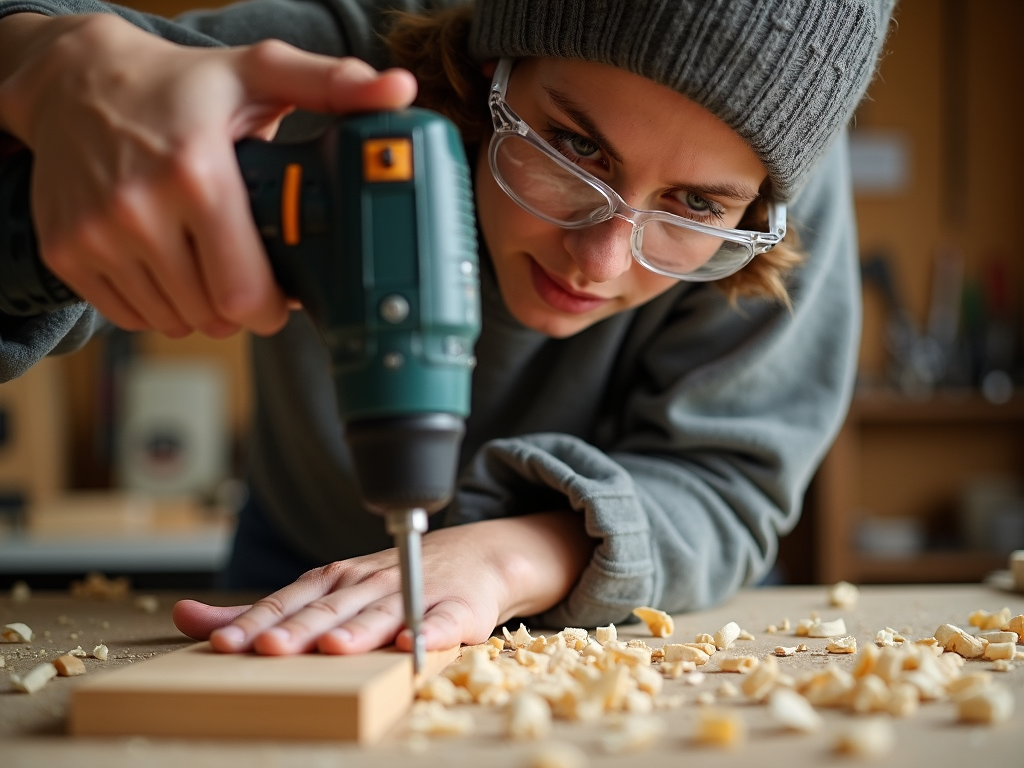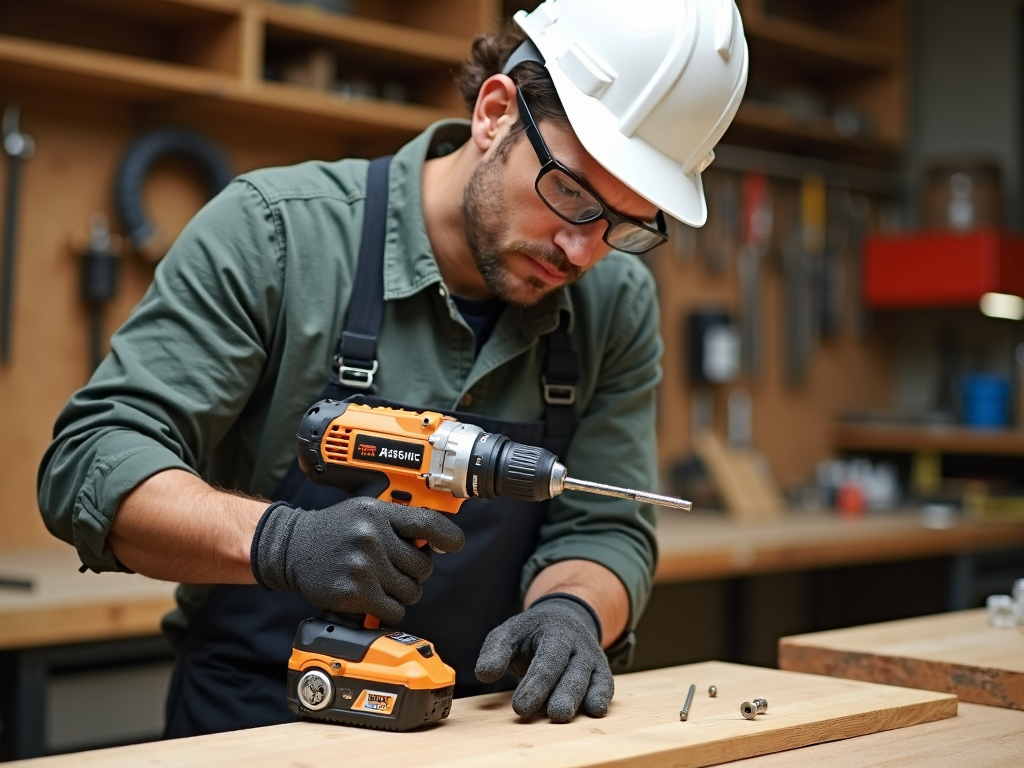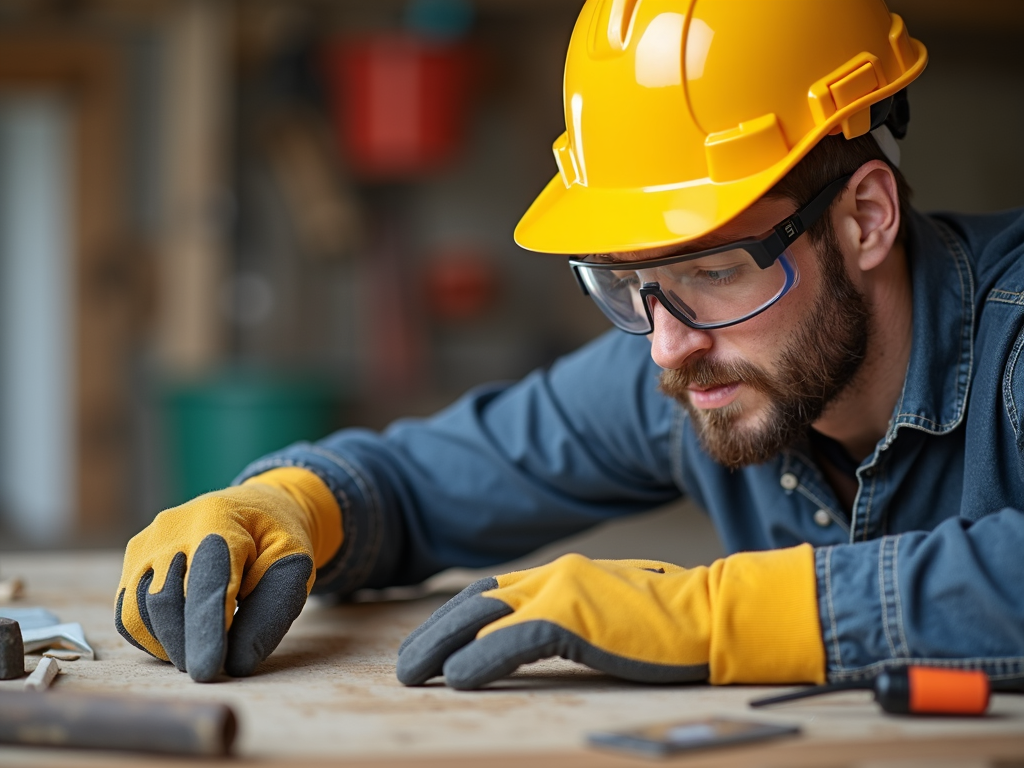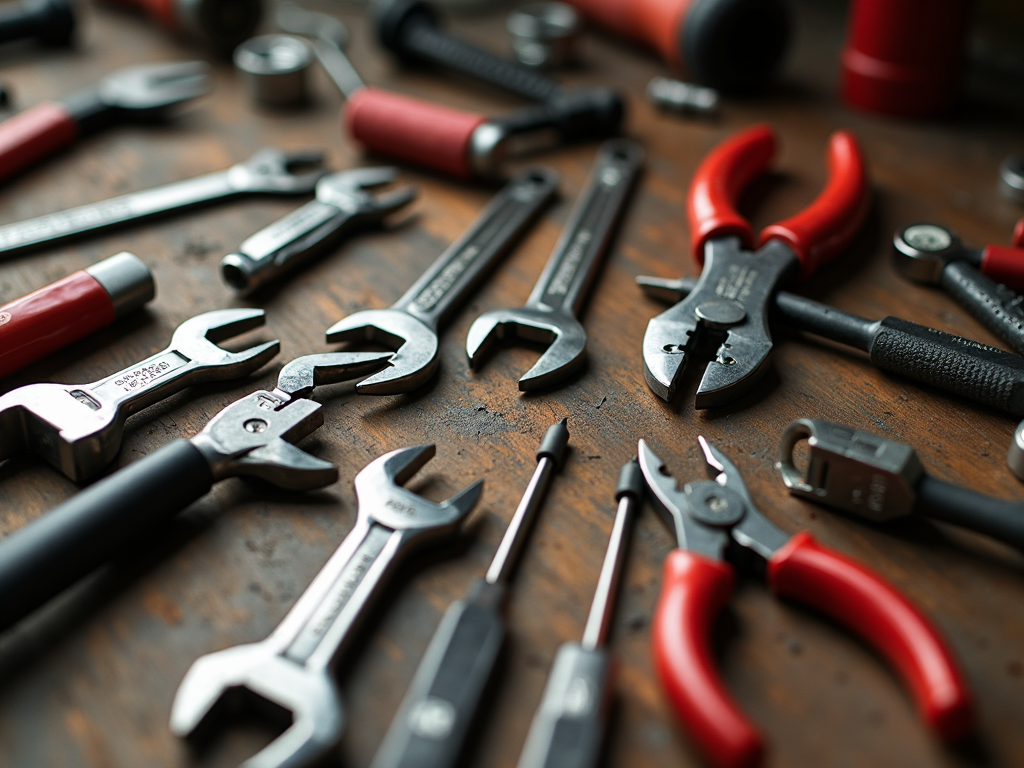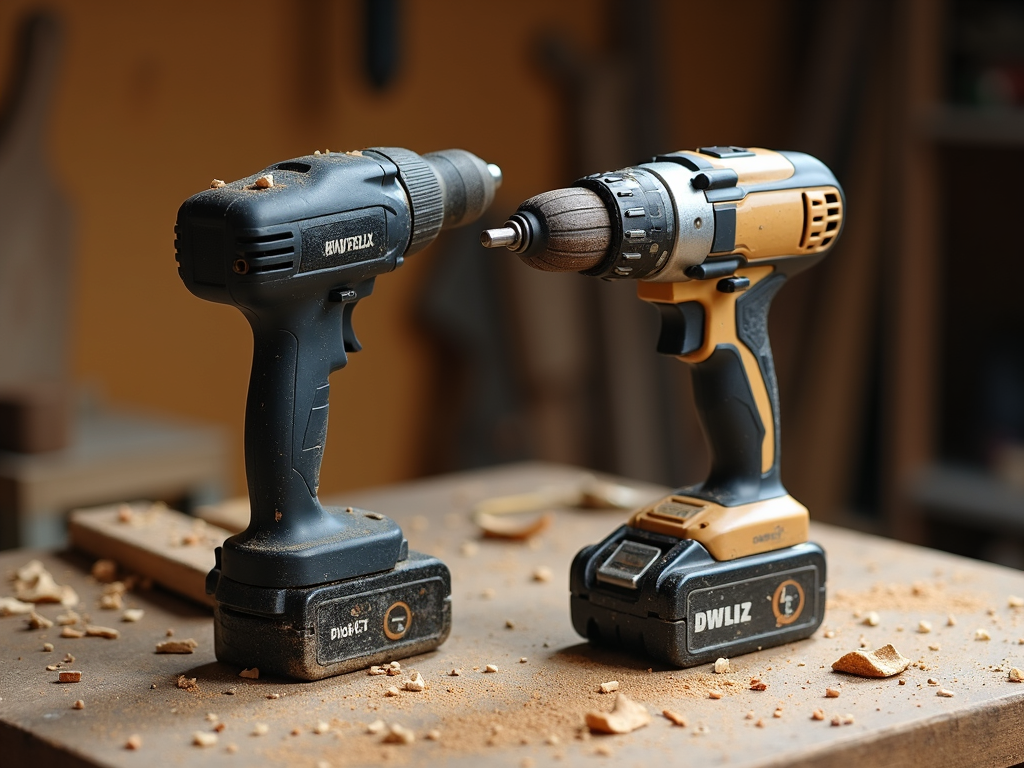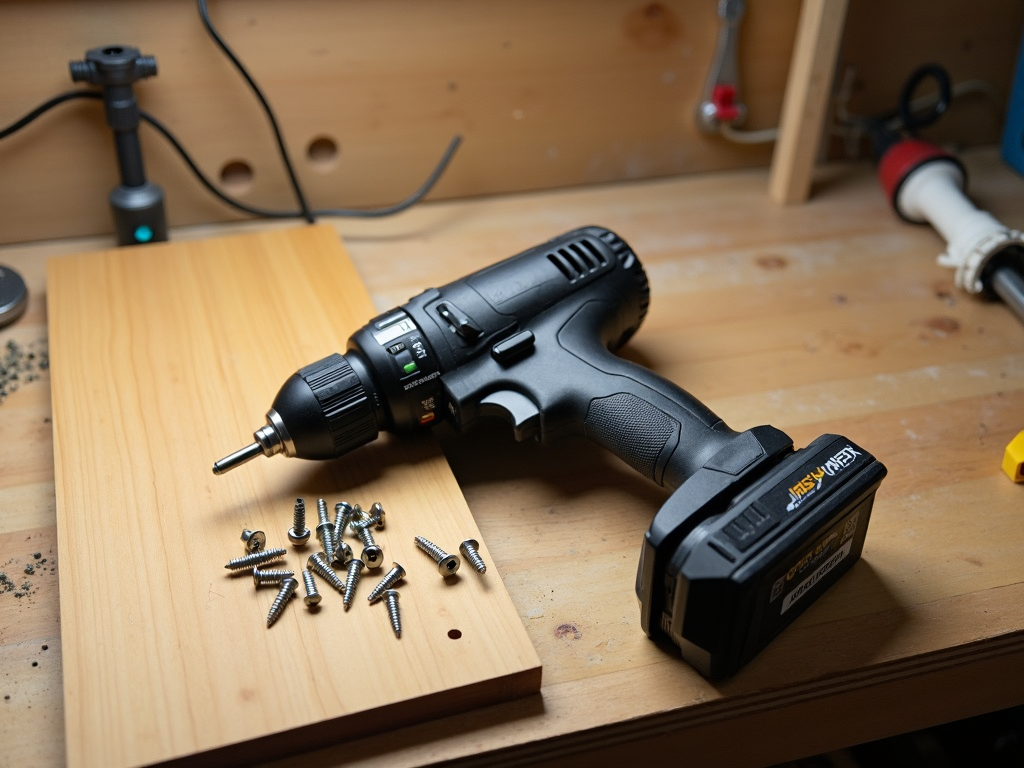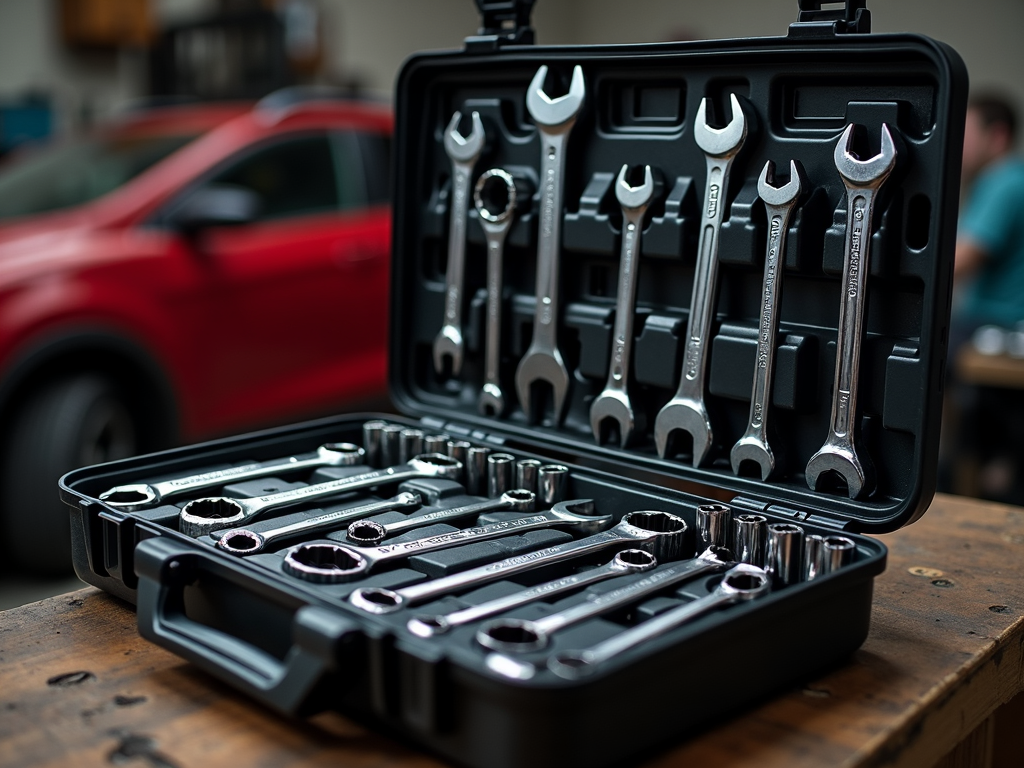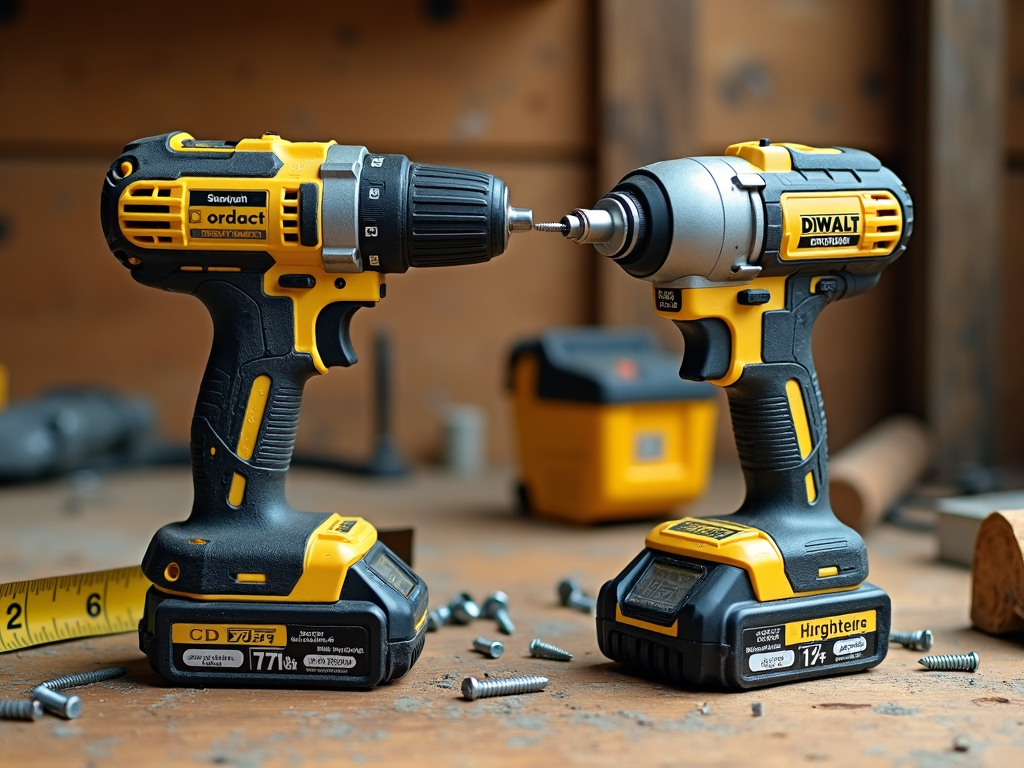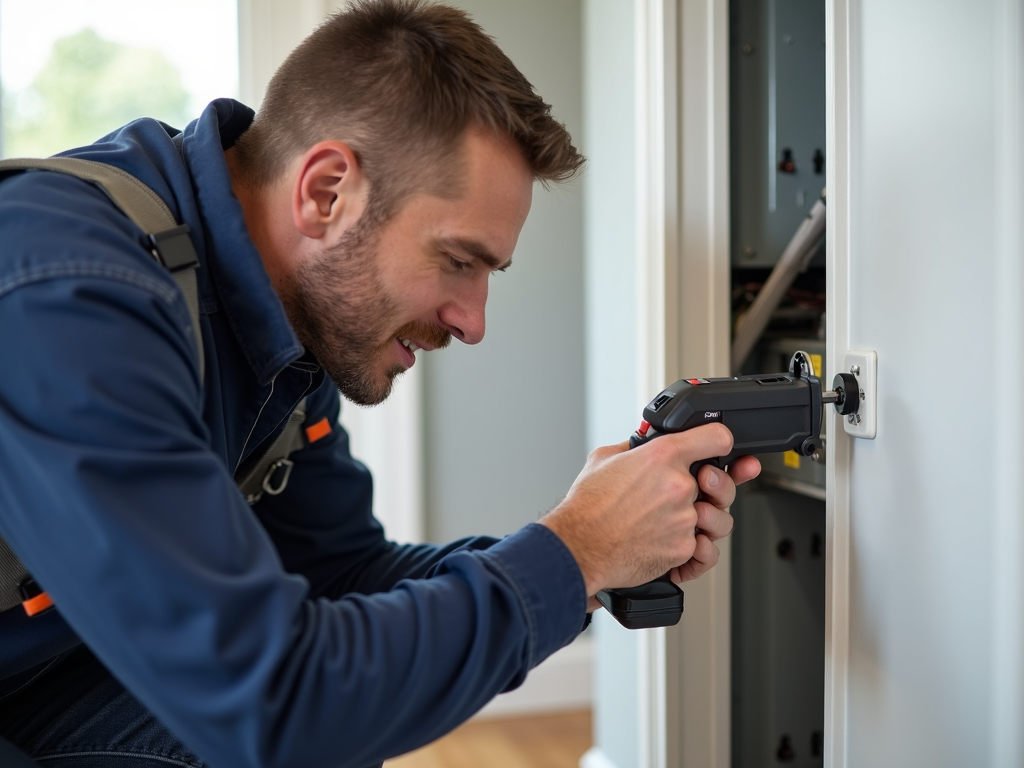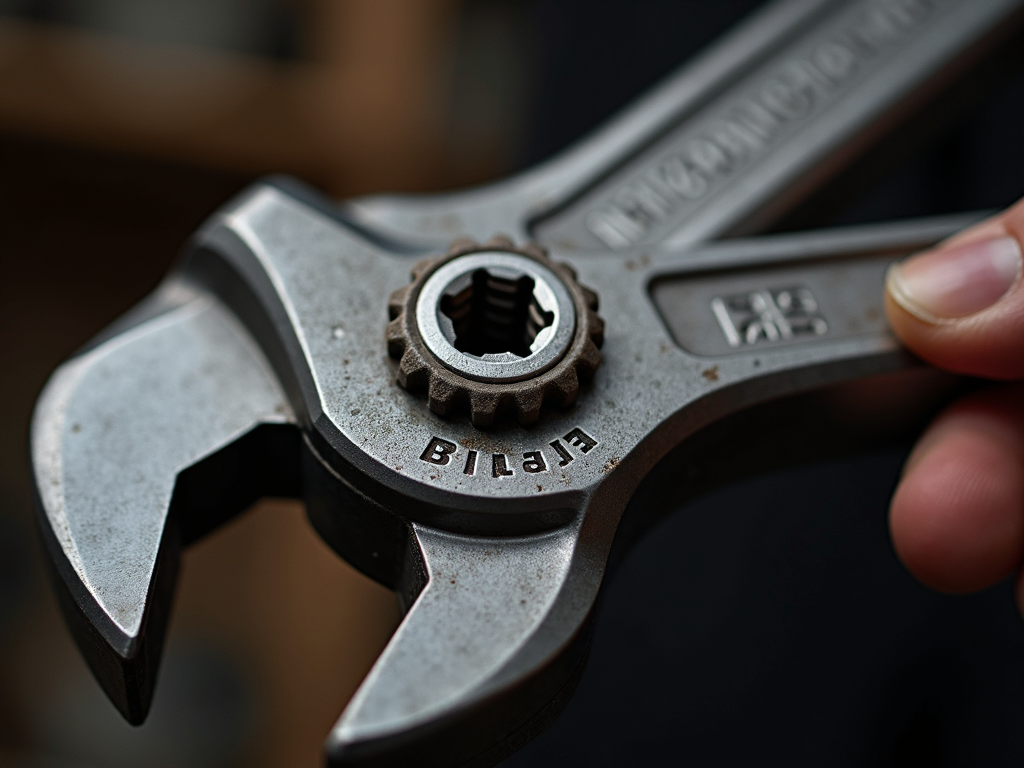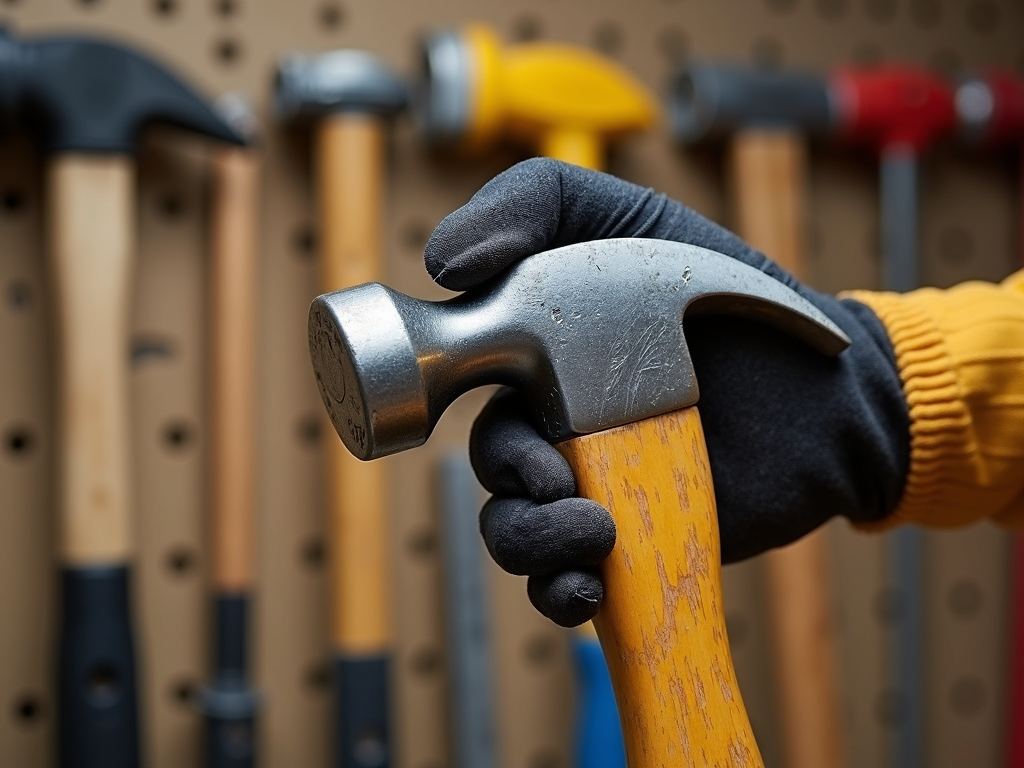Tool belts are a game-changer for construction workers. They keep your tools close, boost your efficiency, and make your workday smoother. In this guide, we’ll cover the types of tool belts, how to pick the best one, must-have workman tools, and care tips. Stick around for pro insights and advice!
What Are Tool Belts and Why They Matter
Picture this: you’re on a job site, reaching for a hammer or tape measure that’s always right where you need it. That’s the magic of tool belts for construction workers. They’re not just a place to stash your gear—they’re a lifeline to getting the job done.
Tool belts have come a long way. Back in the day, workers used basic leather pouches tied around their waists. Now, they’re packed with pockets and loops, designed to hold all your workman tools securely. They save you time by cutting out trips to the toolbox and keep you moving without extra strain.
Safety’s another big win. A good tool belt keeps everything in place, so you’re not dropping tools or tripping over clutter. It’s about staying focused and working smart.
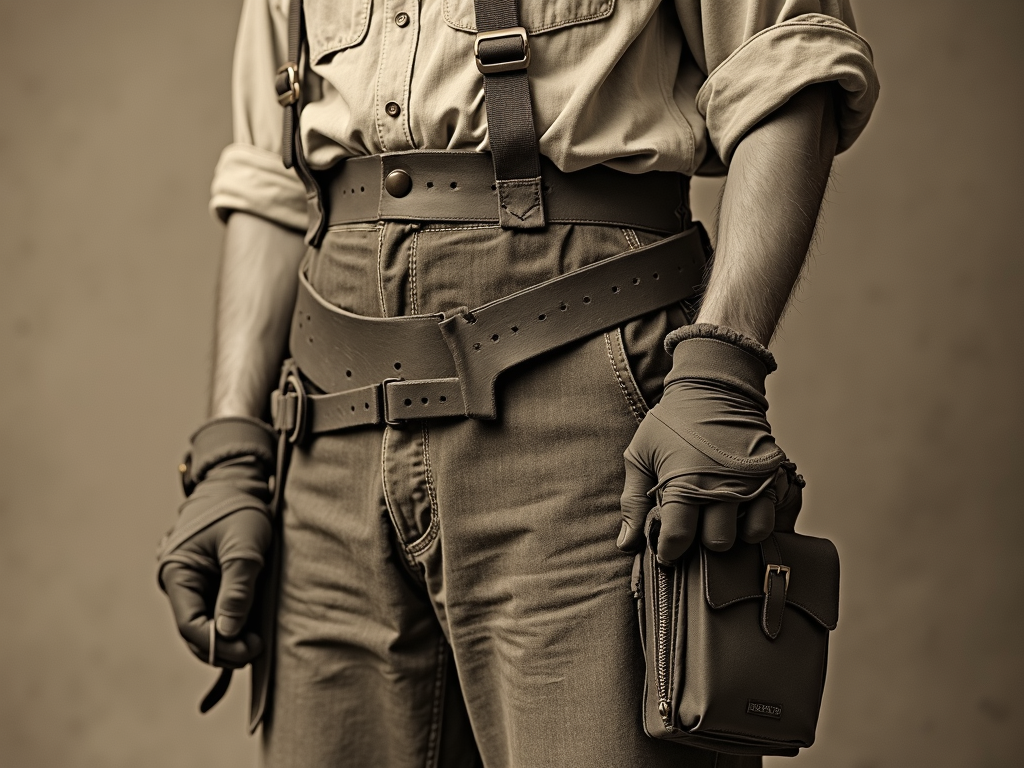
Types of Tool Belts: Find Your Fit
Tool belts come in all shapes and sizes. Your trade and comfort decide what works best. Let’s break it down.
Materials: - Leather: Tough and long-lasting, leather tool belts mold to you over time. They’re heavier, though, and need a little TLC. - Nylon: Light and water-resistant, nylon’s easy to wear and clean. It’s budget-friendly but might wear out faster. - Canvas: This blends durability with breathability. It’s solid without weighing you down too much.
Designs: - Belt-Only: Simple, with pouches and loops right on the belt. - Suspenders: Great for heavy loads, spreading weight to your shoulders. - Aprons: Bigger coverage, more tools, but a bit bulkier.
Some tool belts are built for specific jobs—like extra loops for carpenters or insulated pockets for electricians. Try a few to see what clicks for you.
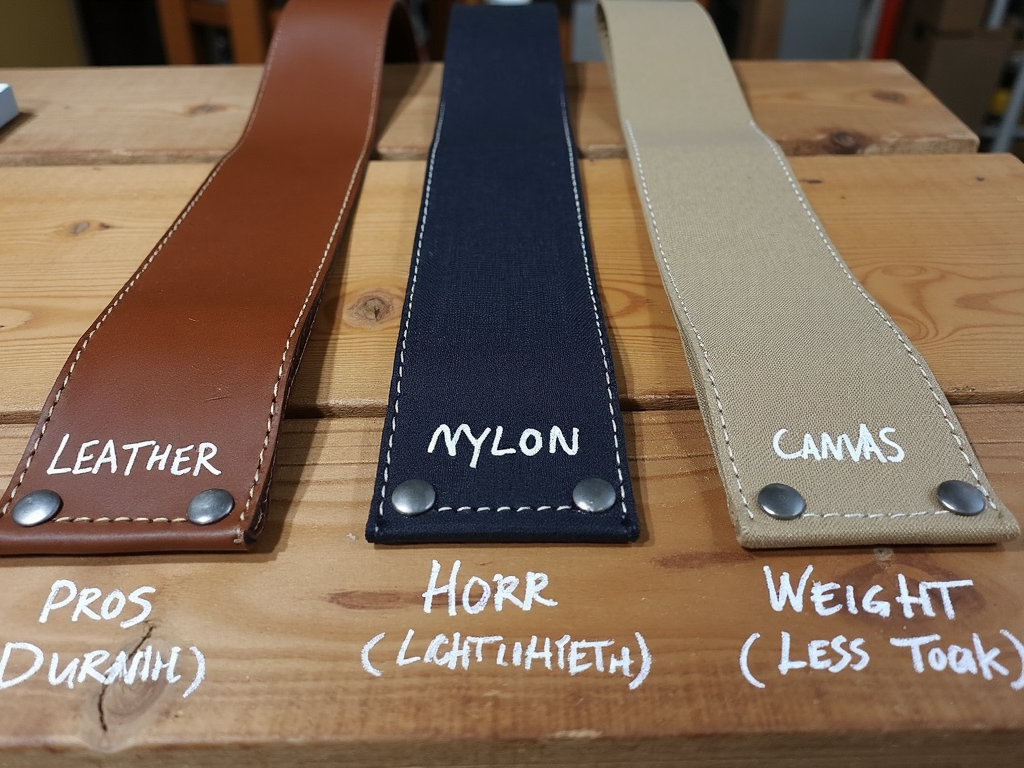
How to Choose the Right Tool Belt
Picking a tool belt isn’t just grabbing one off the shelf. Here’s what to think about:
- Comfort: You’ll wear it all day, so padding and fit matter.
- Durability: Job sites are rough—get something that lasts.
- Capacity: Enough room for your tools, but not so much it slows you down.
- Fit: It should hug your hips right, with straps to tweak it.
- Customization: Add or ditch pouches as your work changes.
Weight balance is huge. Spread your tools evenly to avoid aches. Test it loaded up—walk around, bend, squat. If it feels good, you’ve found a winner.
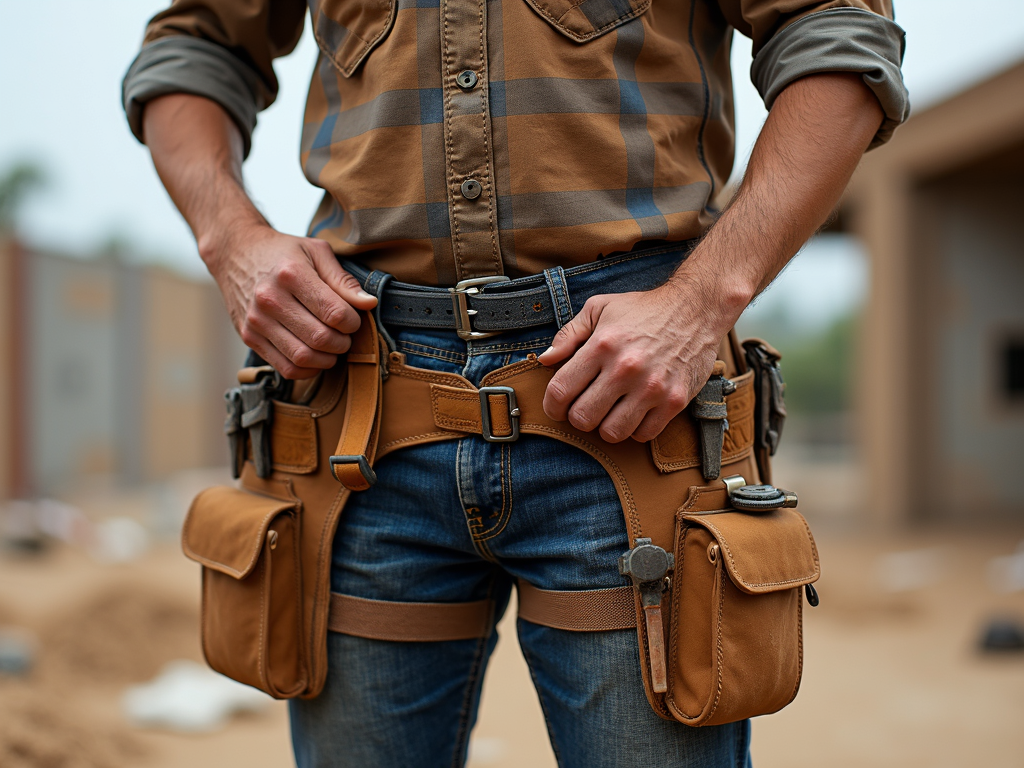
Must-Have Tools for Your Tool Belt
Your trade tweaks the list, but here are workman tools most construction workers can’t live without:
- Hammer: Claw style for nails in and out.
- Tape Measure: Quick, accurate lengths.
- Utility Knife: Cuts anything on the fly.
- Screwdrivers: Flathead and Phillips for versatility.
- Pliers: Needle-nose and slip-joint for gripping.
- Level: Small one for fast checks.
- Chalk Line: Straight lines, long distances.
- Pencil: Mark it up as you go.
Keep them organized—hammer on your strong side, group like tools together. Watch the weight, too. Too heavy, and you’ll feel it by lunch.
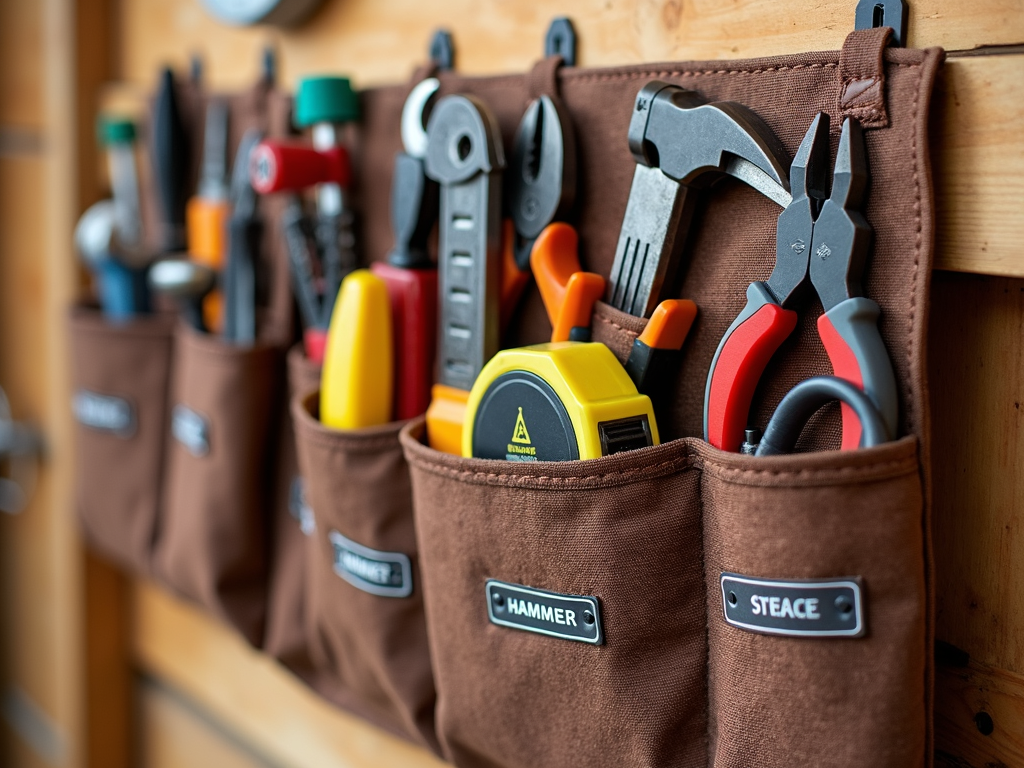
Taking Care of Your Tool Belt
Treat your tool belt right, and it’ll stick with you for years. Here’s how:
- Clean It: Wipe leather with soap and water; scrub nylon or canvas gently.
- Dry It: Wet belt? Air dry it fully—no mold wanted.
- Store It: Hang it somewhere cool and dry, not in the sun.
- Fix It: Sew loose stitches, replace busted clips.
- Condition It: Leather needs a conditioner now and then to stay soft.
A little effort keeps your tool belt ready for action.
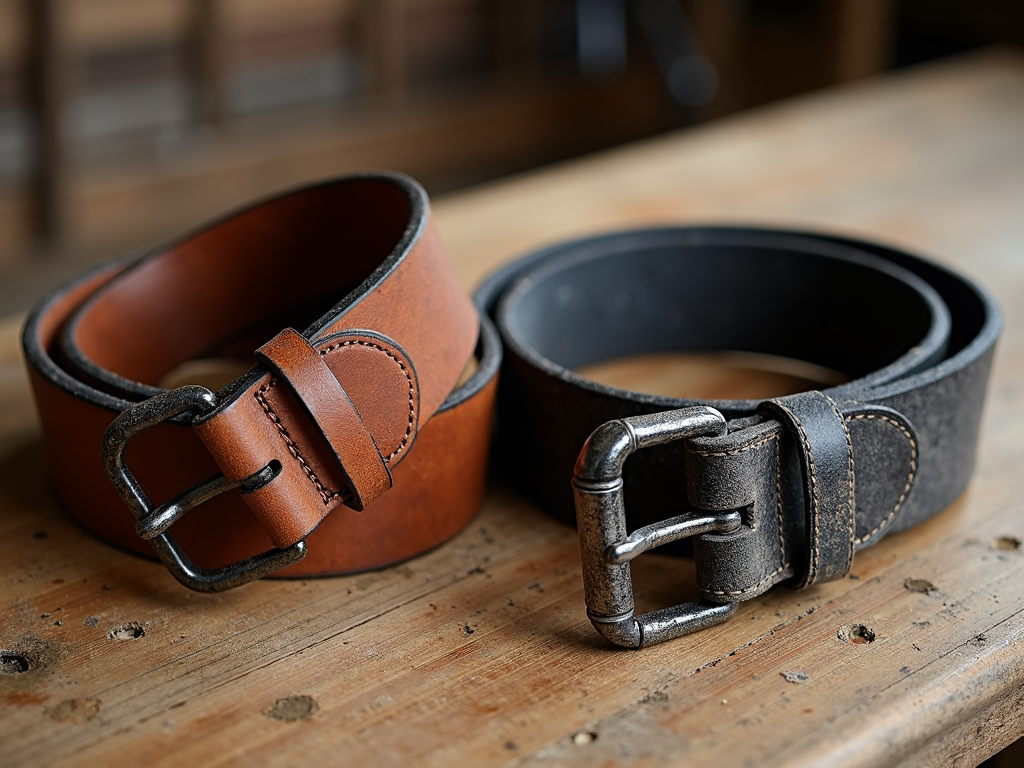
Tips and Tales from the Job Site
I’ve picked up some tricks over time, and I’ll share them with you.
- Start Small: New to tool belts? Load just the basics first.
- Stay Balanced: Even weight on both sides saves your back.
- Make It Yours: Swap pouches to fit your style.
- Know Your Spots: Same tool, same place—every time.
- Secure Everything: No loose tools, especially up high.
Once, I was roofing, and my hammer fell because I skipped the loop. Nearly hit my buddy below. Now, I check every strap before climbing. Lesson learned.

Wrapping It Up
Tool belts for construction workers aren’t just gear—they’re your partner on the job. Pick one that fits, load it smart, and keep it in shape. You’ll work faster, safer, and feel better doing it. Want more? Check the readings below.
Related tool belts for construction workers:
- Essential Safety Gear for Power Tool Users: A Comprehensive Guide
- Safety First: Using Tools the Right Way
- DIY Safety: Tips to Avoid Common Mistakes
- Workman Tools for Plumbing Projects: A Comprehensive Guide
- The Evolution of Power Tools: From Manual to Modern
- A Beginner’s Guide to Different Power Tool Types
- Essential Tools for Every DIY Mechanic: A Comprehensive Guide
- Cordless Drills vs. Impact Drivers: What’s the Difference?
- Ergonomic Workman Tools for Comfort: A Comprehensive Guide
- How to Care for Your Workman Tools: A Comprehensive Guide
- Maintenance Tips for Your Construction Tools: A Comprehensive Guide
- Easy DIY Builds to Start Today: A Beginner's Guide to Fun and Practical Projects
